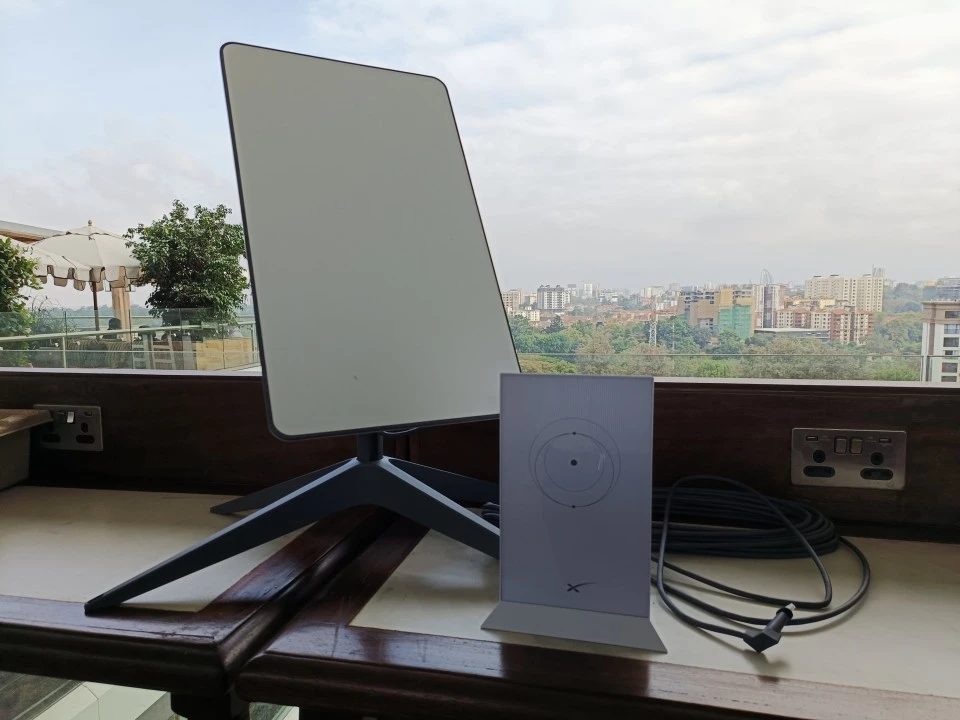The United States Aerospace Start-up Relativity Space is planning to launch its 3D-printed Terran 1 rocket on 8 March, skipping planned tests.
According to Relativity Space Website, the first 3D-printed rocket is preparing for lift-off. the Terran 1 rocket, built by US Aerospace Start-up Relativity Space, is set to launch from Cape Canaveral in Florida on March 8.
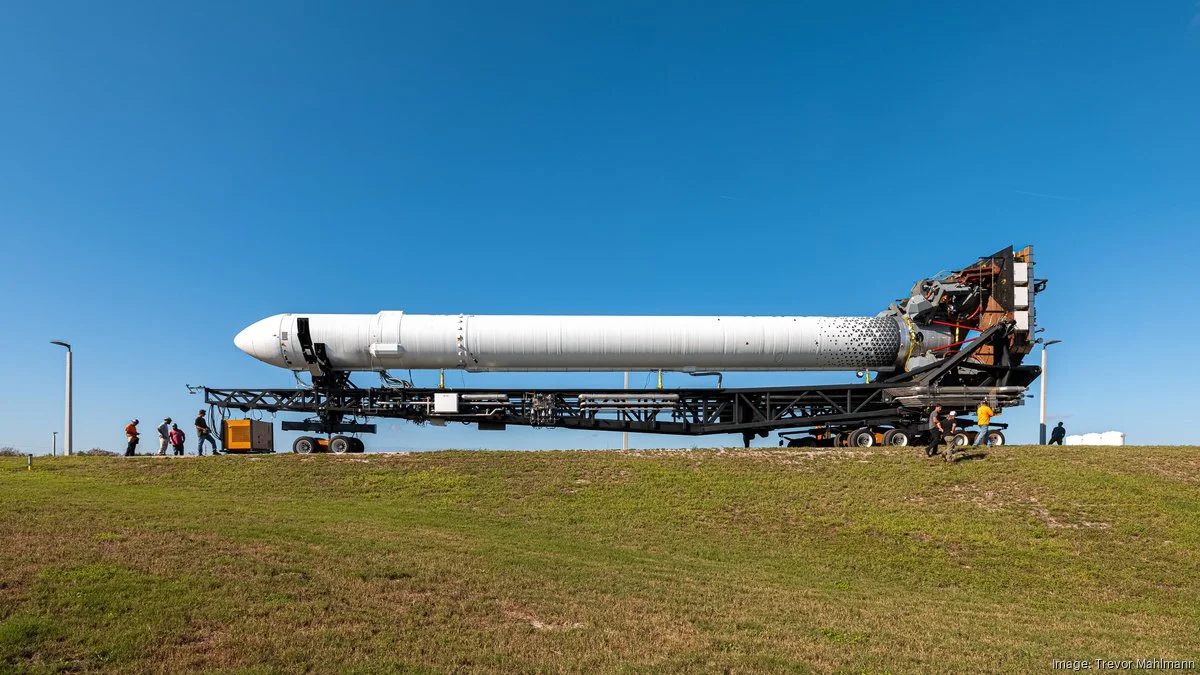
“Terran 1 will be the largest 3D-printed object to attempt orbital flight,” said a Relativity Space representative in a statement.
The rocket is about 35 meters tall, making it one of the smallest orbital rockets in the industry, and 85 percent of it by mass is 3D printed.
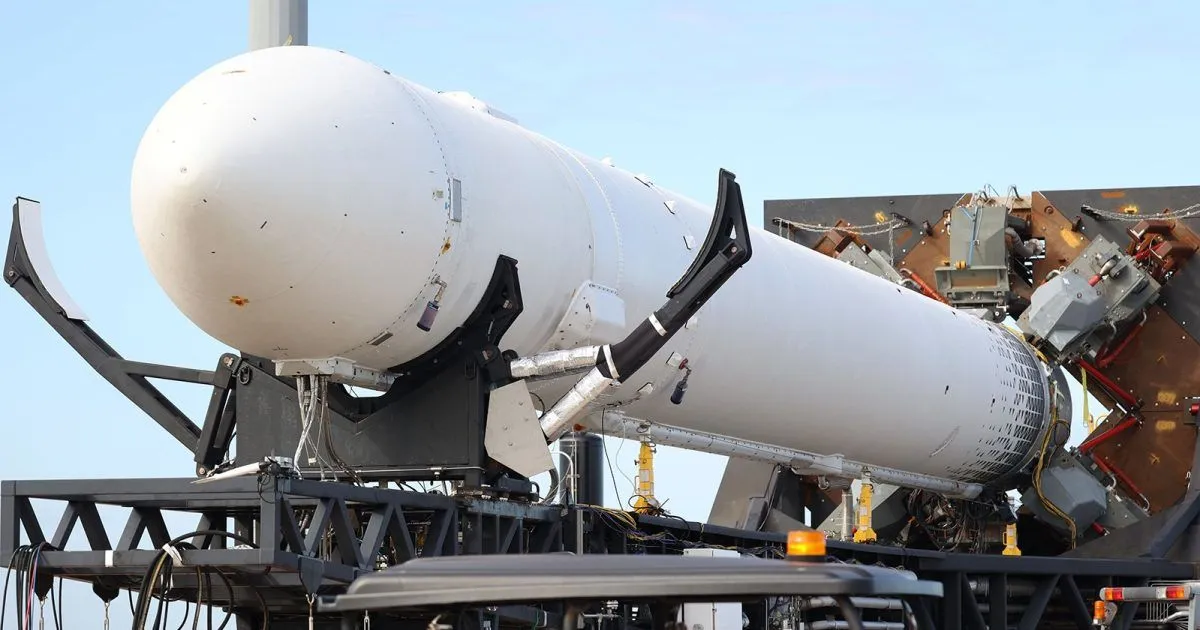
It is designed to lift up to 1250 kilograms into Low-Earth orbit, and the firm is charging $12 million (Ksh 1.5 billion) per flight.
In comparison, SpaceX’s ubiquitous Falcon 9 rocket can lift more than 22,000 kilograms into orbit and costs about $67 million (Ksh 8.4 billion) per flight.
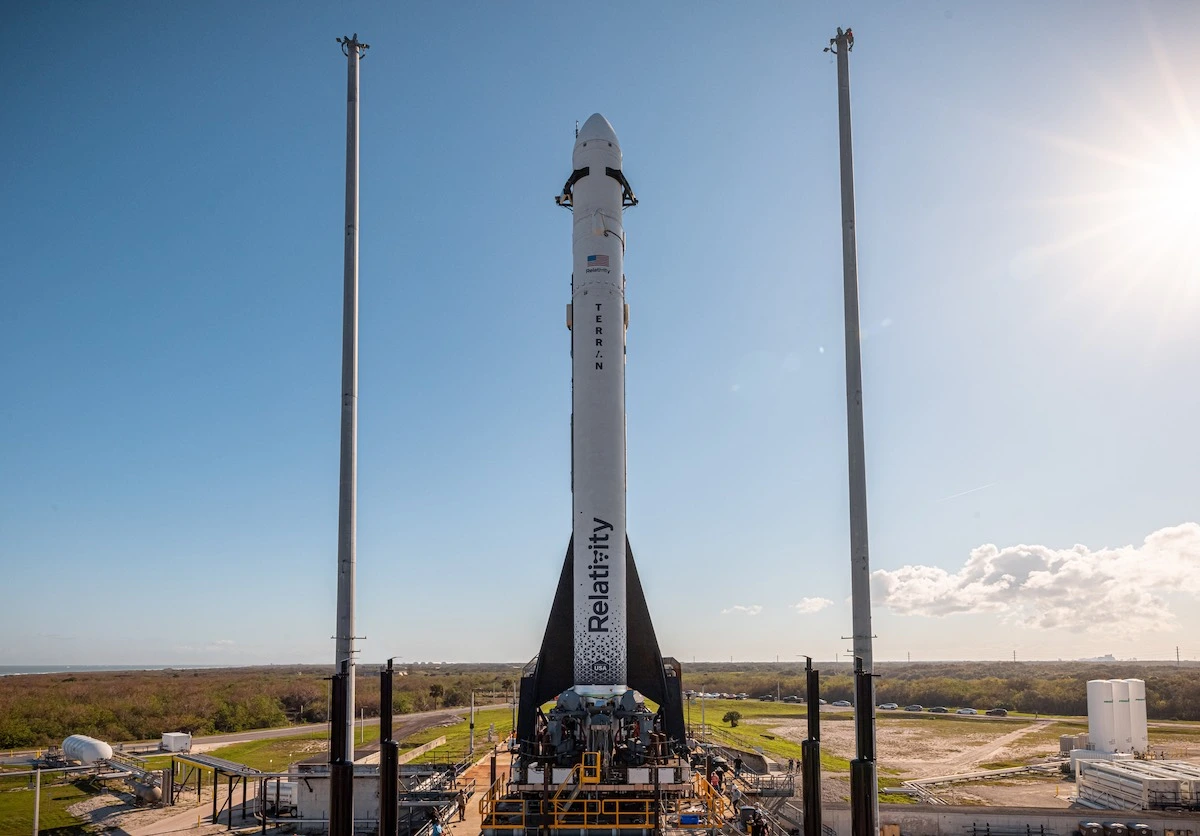
Terran 1 is fully expendable, and for this first test flight it will not have a payload, if the rocket makes it into orbit, the flight will be considered a success.
Read Also:Japan Forced to Destroy H3 Rocket Flagship After the Launch
The company has opted to skip one last planned test of the rocket, a static fire, in which the rocket’s engines are fired while the rocket is secured to the ground, and goes straight to the launch.
Read Also:NASA Modernizes its Space Communication Process from Orbit to Earth
“By not completing static fire, we accept the increased likelihood of an abort on our first launch attempt, but if all systems are performing nominally, we would rather release and launch during our next operation than continue to wear the vehicle through additional testing on the ground,” the firm’s representative said.

The rocket and each of its engines breezed through a barrage of tests to get here, and one more test would potentially cause more wear and tear than it is worth.
Read Also:SpaceX Crew Lands at the International Space Station
Relativity Space’s stated goal is to facilitate an Industrial Society on Mars, and Terran 1 is far too small to make it there. While it is designed to bring small satellites into orbit, its primary purpose is as a smaller-scale prototype for the company’s 66-meter-tall Terran R rocket, which the company intends to launch for the first time in 2024.
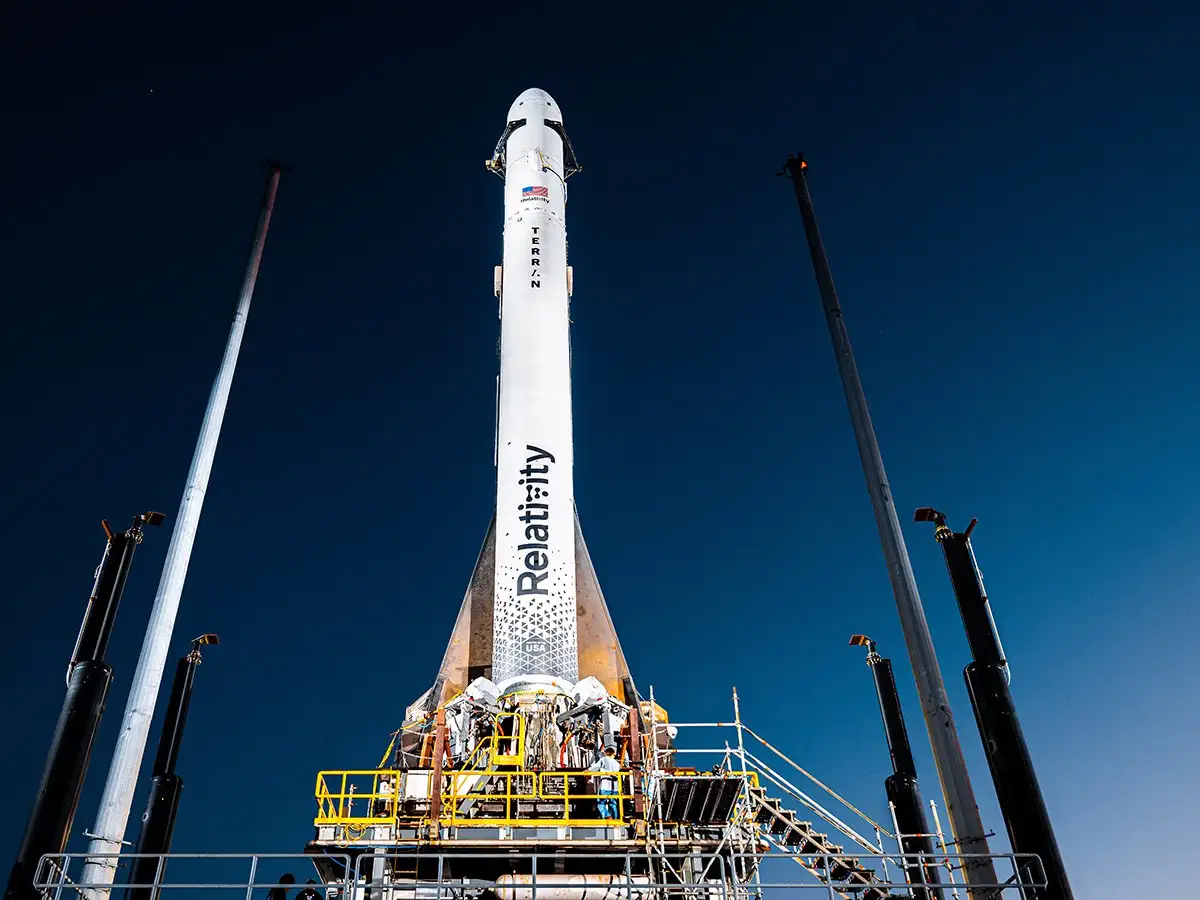
Terran R is planned to be fully reusable, mostly 3D-printed, and able to carry up to 20,000 kilograms into orbit. Aside from launching larger satellites into orbit around Earth, Relativity’s website says that Terran R “will also eventually offer customers a point-to-point space freighter capable of missions between the Earth, Moon, and Mars”.
Subscribe to YouTube Channel at Switch TV.














